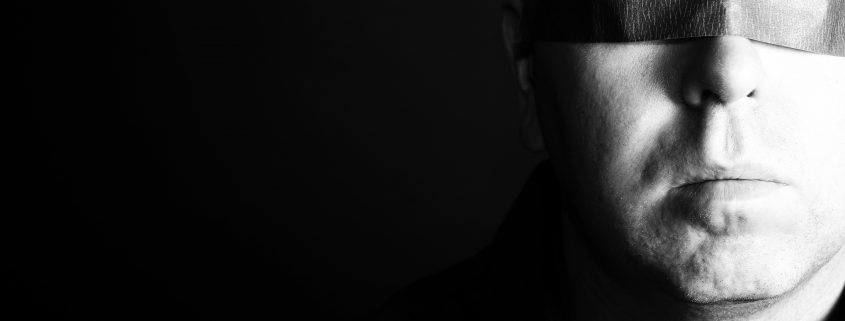
Infrared thermography (IR) is the use of specialized equipment to measure the thermal energy emitted from an object. Thermal energy is light that is not visible because its wavelength is too long to be detected by the human eye. Unlike visible light, in the infrared world, everything with a temperature above absolute zero emits heat.
An infrared camera is a non-contact, non-destructive device that measures thermal energy and converts it to a radiometric image. This image is stored as raw data on the device that is later processed to produce a thermal digital image. During post processing (report preparation) we can precisely measure thermal differences and produce a visual image of our findings. They say a picture is worth a thousand words; infrared thermography is the only diagnostic tool that lets you instantly visualize faults due to thermal patterns.
BDG uses only high-resolution FLIR SYSTEMS thermography equipment. Utilizing several different camera systems, each for a specific use and calibrated for specific targets. A few words of caution: before you choose your thermographer, check their credentials and ask for references and project examples similar to the work you are requiring. Infrared cameras produce images of raw data; proper interpretation requires training and years of experience. Unfortunately, lower cost inferior camera equipment is rapidly gaining market share, and many of those using this equipment are not qualified. High-resolution camera systems can detect even the slightest thermal patterns. Low resolution or low cost camera systems do not have the same thermal detectors and are not as sensitive to thermal pattern changes.
Nearly everything that uses or transmits power overheats before it fails making thermography a proven cost-effective tool in maintaining the reliability of electrical and mechanical systems.
Additionally, thermography easily detects water penetrating a building envelope. This is due to the thermal differences between water impacted building materials and the adjacent dry materials. Given the advanced capabilities of this technology, performing building inspections without the use of thermography is like performing it blindfolded.

